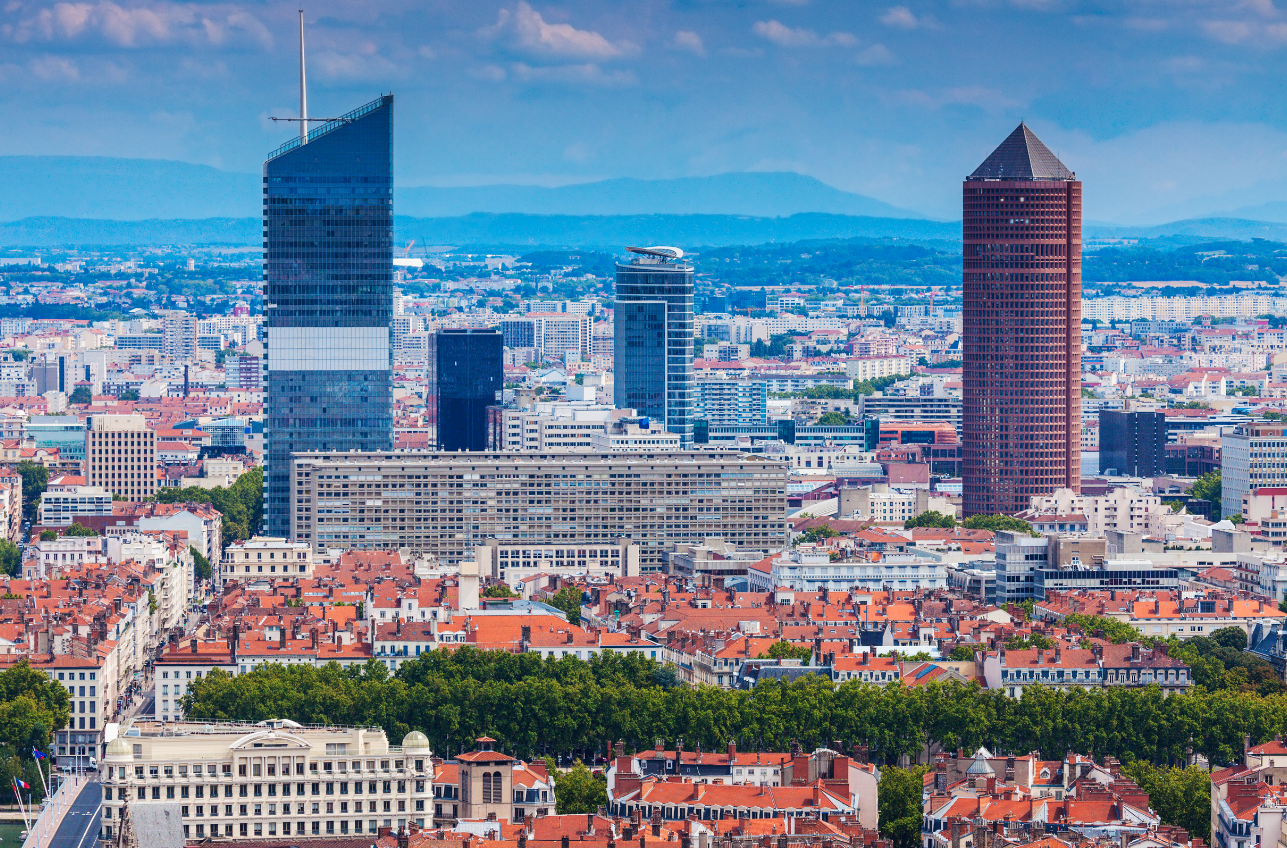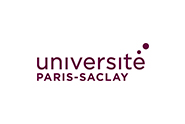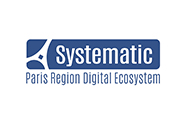A national and international presence
As part of its development strategy for 2020, the IRT System X aspires to become a recognized player in digital systems engineering in the national and international stage. To fulfil this ambition, the institute has forged partnerships with world-renowned research centres and expanded its fields of action in France and abroad with the opening of two new sites in 2017.
A facility in Lyon at the Doua campus
 Comprising the University of Claude Bernard Lyon 1, three graduate engineering schools (INSA Lyon, Polytech Lyon and CPE Lyon) several University Institutes of Technology, the Lyon Campus is one of the main sites of research of the Auvergne-Rhône-Alpes region with nearly 2,000 researchers.
Comprising the University of Claude Bernard Lyon 1, three graduate engineering schools (INSA Lyon, Polytech Lyon and CPE Lyon) several University Institutes of Technology, the Lyon Campus is one of the main sites of research of the Auvergne-Rhône-Alpes region with nearly 2,000 researchers.
At the heart of this land of innovation, IRT SystemX aims to expand its R&D activities in the areas of new mobility, energy and digital security, in collaboration with the Lyon Metropole, renowned scientific centres, industrial players in the region and competitiveness clusters of the region involved in digital technologies in ine with the activities of SystemX, such as the CARA and ECC4IU clusters.
A representation office in Singapore
 The opening of a SystemX branch in Singapore is a continuation of the Memorandum of Understanding signed between the Nanyang Technological University (NTU) of Singapore and IRT in March 2017, during the State visit in Singapore of the President of the French Republic.
The opening of a SystemX branch in Singapore is a continuation of the Memorandum of Understanding signed between the Nanyang Technological University (NTU) of Singapore and IRT in March 2017, during the State visit in Singapore of the President of the French Republic.
The institute started operations in Singapore through its participation in the applied research project CETRAN (Centre of Excellence for Testing and Research of Autonomous Vehicles NTU), this 5-year project aims to determine the conditions for the operational and safe deployment of autonomous vehicles in Singapore. It includes activities related to “numerical modelling and simulation of dependability and digital security, applied to autonomous transport”, whose corresponding lots are entrusted to IRT SystemX.
A prestigious local ecosystem
Thanks to its location in the heart of the Paris-Saclay Campus, a world-renowned scientific centre, IRT SystemX is supported by a rich ecosystem and leading academic and industrial partners.
Université Paris-Saclay: a unique model of a university
 Université Paris-Saclay is a unique model of a university, comprising 18 autonomous institutes of higher education and research. They coordinate their actions and pool certain resources in the framework of a shared project jointly planned and implemented, while at the same time keeping their own identities and resources.
Université Paris-Saclay is a unique model of a university, comprising 18 autonomous institutes of higher education and research. They coordinate their actions and pool certain resources in the framework of a shared project jointly planned and implemented, while at the same time keeping their own identities and resources.
With 65,000 students, 360 laboratories, 11,000 researchers and teachers, 5,500 PhD students and 6,000 publications a year, Université Paris-Saclay already had considerable assets right from its inception.
Université Paris-Saclay has now developed an ecosystem fostering production of innovations and industrial development.
Closely connected to the first industrial R&D cluster in Europe (Élancourt, Vélizy, Courtabœuf, Massy, Palaiseau, etc.), providing a remarkable employment pool, Université Paris-Saclay is also located alongside the greatest national grouping of research organizations.
The Systematic Paris-Region cluster
 Part of an open innovation initiative, Systematic Paris-Region is a world-class technology cluster which brings together an ecosystem of more than 800 members.
Part of an open innovation initiative, Systematic Paris-Region is a world-class technology cluster which brings together an ecosystem of more than 800 members.
Systematic connects stakeholders involved in software, digital technology and industry, as well as boosting digital projects through collaborative innovation, the development of SMEs, networking and business sourcing in all sectors relevant to the future: energy, telecoms, health, transport, information systems, the factory of the future, digital cities and security. The cluster also has a remit to promote its stakeholders, the region and its innovation projects, to boost its reputation and attract investment to the region.
The work of Systematic Paris-Region is supported by the European Regional Development Fund (FEDERE), Direccte and Paris Region among others.

